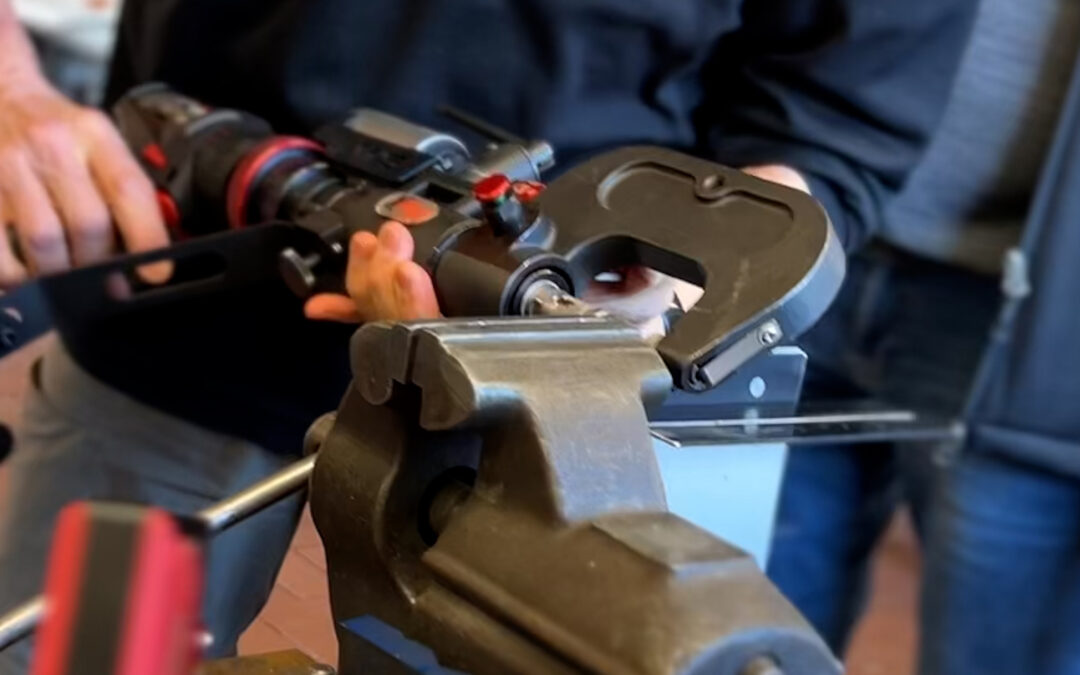The development loop for the vehicle frame (body in white) can be considered complete for the prototypes.
At present, the 3D geometries are still being derived into a 2D drawing format so that suppliers can be given a clear production order and the worker, e.g. at the folding bench, receives clear production instructions. However, the sheet metal structure could be defined and spatially determined at all interfaces to the connecting components.
In addition to the sheet metal elements of the self-supporting shell construction, the cast connections of the rear chassis integrated in the frame were also finally calculated and designed for production. In order to be able to accommodate larger batch sizes at a later date, the demoulding direction of the castings was based on both the sand casting process and the gravity die casting process, which is more cost-effective for larger series. This did not cause any additional costs now, but will save costs and time in later development.
For reasons of simplicity, the sheets of the BIW (body in white) were not yet glued to the first driver’s test vehicle and were simply screwed together. The frame that is now being created is glued and riveted, as it will be in the later series. The decisive connection of the frame is made via the adhesive, which has now become established in automotive construction. Although the rivets also contribute a certain amount to the rigidity, their main task is to hold the components in the correct position in relation to each other during the curing phase of the adhesive.
In uncovered and visually conspicuous areas, hollow punch rivets are used to join the load-bearing sheets almost flush with each other. High-quality punching tools are available for professional workshop use for repairs and small series production and have been tested in recent weeks. The handling is simple and clean, the quality is convincing.
In the following days, the suppliers receive the production orders for the sheet metal and cast parts. For visual reasons alone, the visible surfaces should be given a darkening and corrosion-protective coating. But the bonding surfaces also require a certain surface quality, which is why we have opted for anodizing in matt black as a protective measure, which also meets the durability requirements of the TWIKE 5.
You can find out more about the assembly of the BIW and the development of the adjacent assemblies in the following articles.
